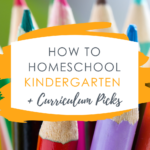
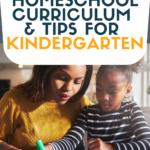
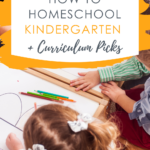
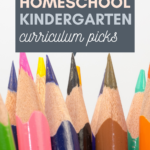
This year we have our last child entering kindergarten 🥺 unless the Lord chooses to bring littles into our family in other ways (I’d be more than ok with that, God! 😉)
Our kindergarten days are much like our preschool ones: relaxed with some fun activities. If you’re looking for some tips on how to homeschool kindergarten, this is for you, along with our top Kindergarten homeschool curriculum picks!
Disclosure: *This post may include affiliate links. As an affiliate, I earn from qualifying purchases. Read the disclosures and terms for more information.
Why Wait on Academics?
Generally speaking, we don’t start most formal academic lessons until first grade. The preschool and Kindergarten years are, in my opinion, best spent on playing, read-alouds, and establishing good habits and routines. It’s also an excellent time to build a foundation of character training and familiarity with Bible stories.
I also don’t see the need to push formal academics like reading, writing, math, etc. before the child is actually ready for it. Doing so can frustrate children and parents, when many times things will “click” better later on once they’re developmentally ready.
On the other hand, providing some learning activities for fun or if they want to “do school” like their siblings is completely fine. Just be sure to pay attention to how your child is responding, backing off if they show frustration or lack of readiness.
You’re homeschooling… Enjoy the freedom! No boxing yourself in. No replicating public school. No measuring yourself against other homeschool moms. No comparing your kids to other kids.
Your homeschool is unique as your family is. ❤️
What Kindergarten Homeschool Curriculum is Best?
There is no “best” kindergarten homeschool curriculum except what works best for you and your child right now. That’s true for any grade level.
For our family, Kindergarten can be a transition year to formal learning when the child shows readiness for that. About half of my kids so far needed to wait another year.
Here’s the kindergarten homeschool approach we typically use. (Hint: it’s similar to what we do for preschool.)
- Pre-k / Kinder workbooks (the Beginner’s Activity Set or ABC series from Christian Light) for when they want to “do school” like the older kids
- Lots of read alouds: reading with your kids is fantastic learning! Picture books, chapter books, Scripture… it’s all wonderful! Read together and listen to audiobooks as much as you can.
- Tagalong learning with the older kids: They’ll listen and participate in group learning for subjects like Bible, history, science, etc. But if we weren’t doing those things, I’d cover all those subjects with fun read alouds.
- Live & play: roll in the dirt, help make lunch, play at the park, observe nature, learn manners, set the table, have fun.
When they show readiness, I start to transition them to reading, writing, and math with these kindergarten homeschool curriculum resources (Remember, it’s ok to save all of this until 1st grade. This isn’t a race.):
Handwriting / Copywork: A Reason for Handwriting – simple letter formation, Scripture copywork, etc. that transitions to cursive in later years.
Reading: Teach Your Child to Read in 100 Easy Lessons has been great for most of my kids. For my dyslexic kiddo, we use All About Reading (although it’s a great program for any learner). I am not sure yet which one I’ll use for my upcoming Kinder kiddo. But I really like both of these programs. Find out more about how we teach reading in our homeschool.
Math: Christian Light’s Counting with Numbers book from the ABC series or, if they’re ready, their 1st grade math at a slower pace.
What Does “Readiness” Look Like?
Different kids will be ready for different skill subjects at different times. It’s really best to observe your child and watch for readiness when it comes to reading, writing, and math or starting up a kindergarten homeschool curriculum.
Keep in mind, there are lots of articles and resources out there about readiness in these areas. What I’m talking about here is what I’ve seen and identified as “ready” with my own kids.
- Math readiness: they count, compare sizes, identify shapes, etc. Start those conversations as you set the table (counting settings and chars, etc.), when you’re at the grocery store (compare sizes and shapes of produce), or other natural real-life situations. Do they engage and show interest? Are they growing in capability?
- Reading readiness: they ask to learn to read, show an interest books and/or pretend to read them, try to read signs or ask what they say, can identify most of the letters in the alphabet or show an interest in doing so, are starting to narrate (tell back in their own words what they heard during a read-aloud/audiobook). Read more about identifying and growing reading readiness.
- Writing readiness: they ask to learn to write, start “writing” and posting signs all over the house, start “writing” and giving letters to friends and family, are developing good pencil grip and fine motor skills (providing activities for this can help).
- Observe and adjust: Your child may demonstrate readiness in math first, reading next, and writing last. That’s ok! Watch for cues and help them along with basic skills, then gently introduce teaching materials. If they struggle or show frustration, adapt and adjust to their pacing and needs. There are times where setting it all aside and waiting for 3-4 months is the best course to take!
- Don’t stress: A child who isn’t matching their public school peers for reading, writing, or math is NOT behind. Part of the beauty of homeschooling is going at your child’s pace and taking advantage of developmental readiness. I have had kids ready to read at 5 and kids who weren’t ready until a few years later. They even out! No need to bang your head against the wall or frustrate your kids if they’re not ready.
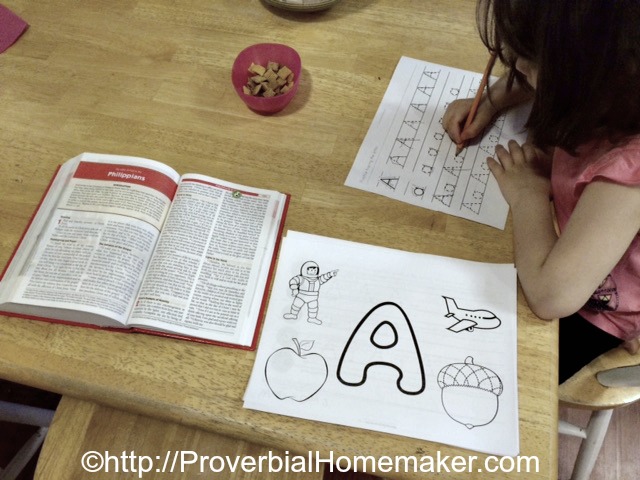
How Long Does Homeschool Kindergarten Last Each Day?
Well, given that all of life is learning, especially in those younger years, it’s all day! But when they’re using their kindergarten homeschool curriculum, our sit-down work is about a half hour, not including read aloud time.
For example, for 4 days a week:
- Read Bible and discuss at breakfast
- 15 minutes math and 15 minutes reading lesson (do writing and reading the next day)
- Read aloud or listen to audiobooks during lunch
- Try adding a fun afternoon activity (play a game, go observe backyard critters, do mazes, have a playdate, etc.)
Enjoy These Precious Years!
Have fun with your Kindergarteners, dear moms! As they say, the days are long (sometimes very long lol) but the years are short. ❤️
You Might Also Like…
My top homeschool curriculum picks (for group work and each grade level).
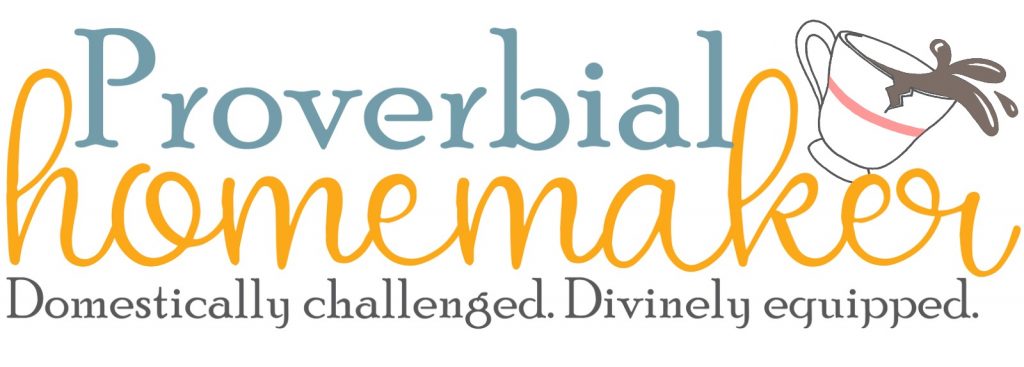
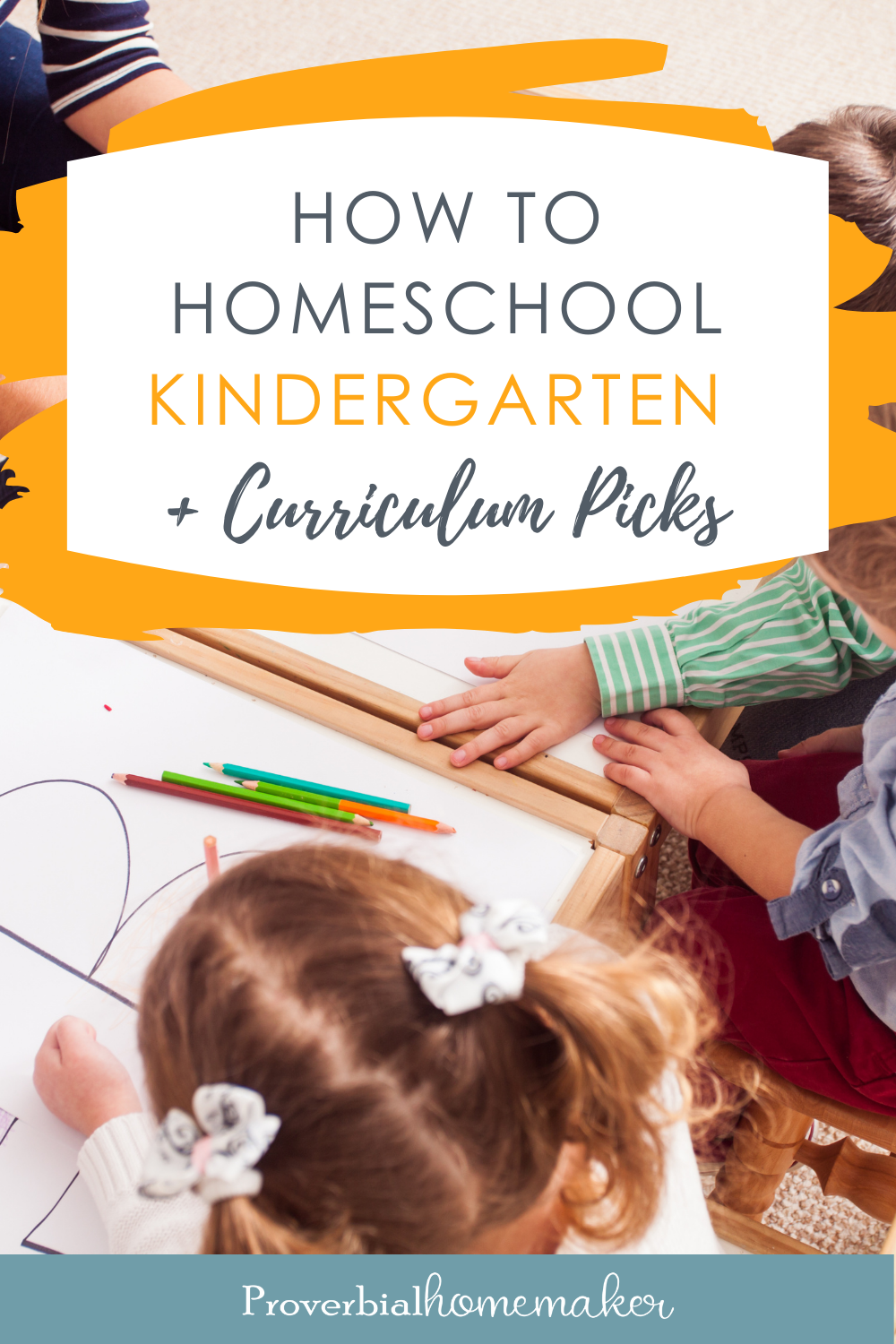
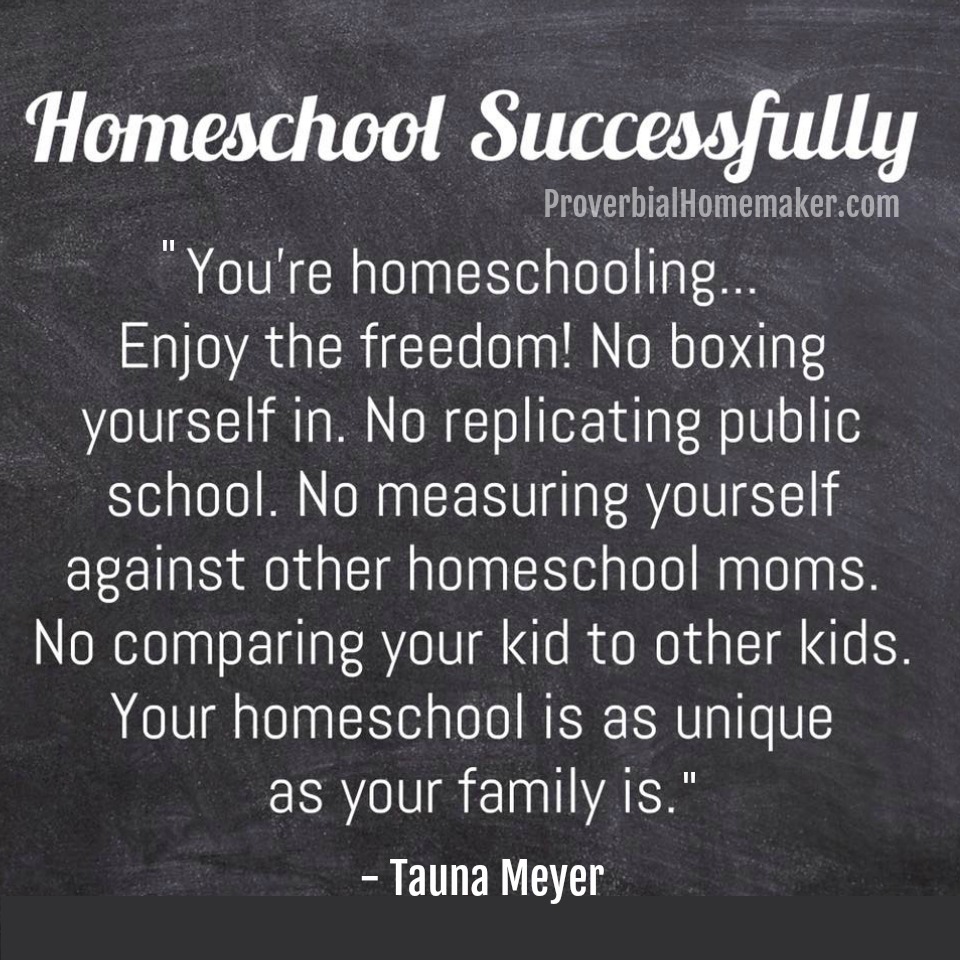
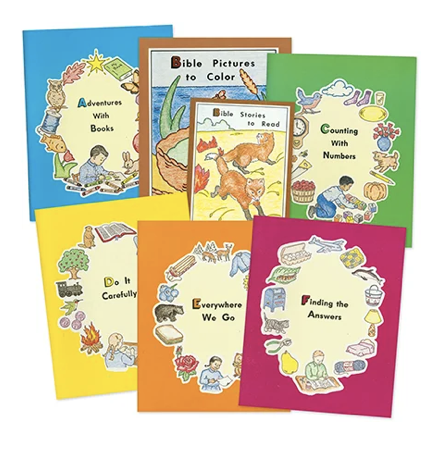
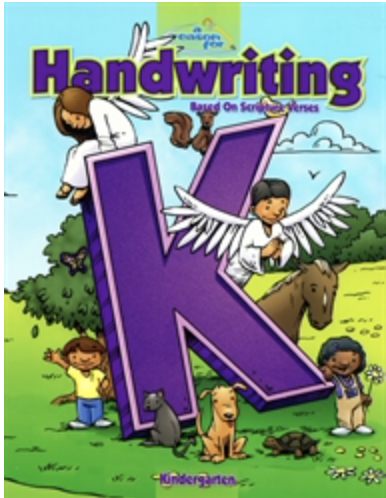
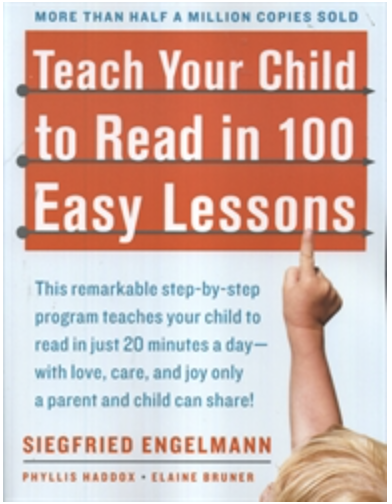
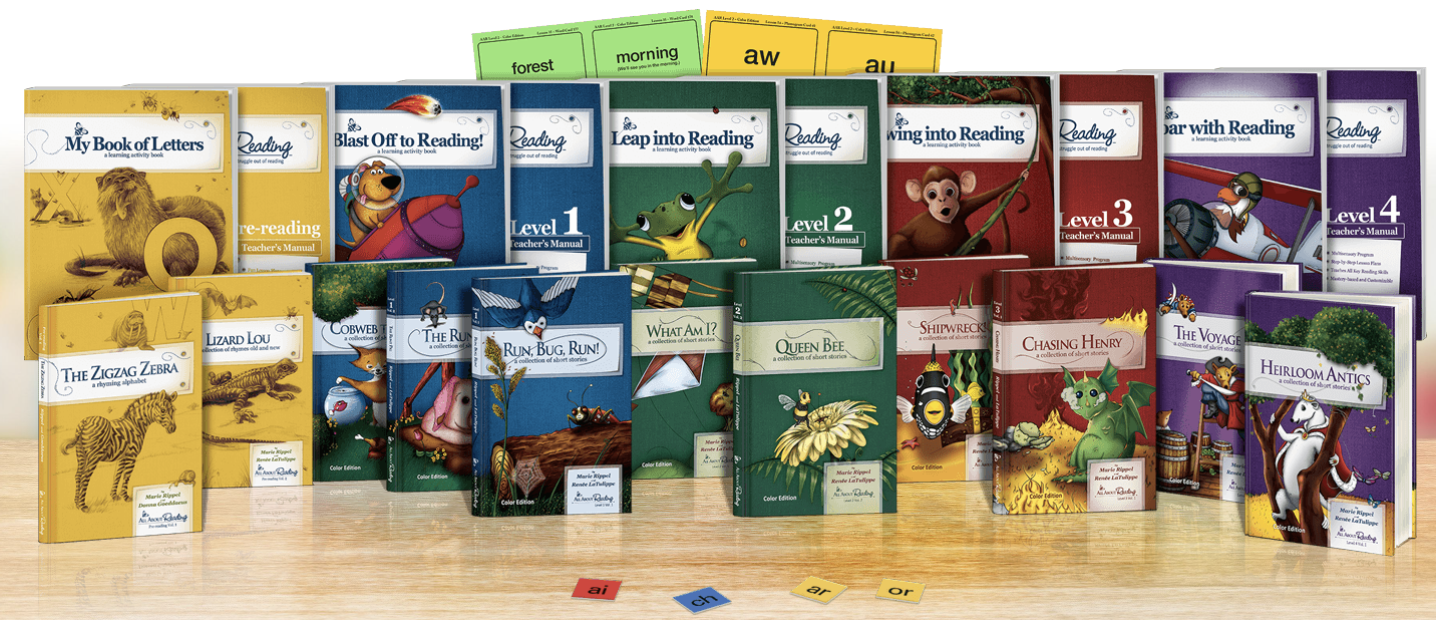
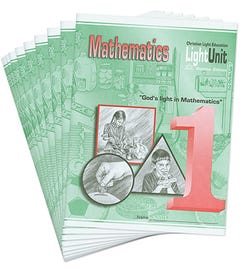
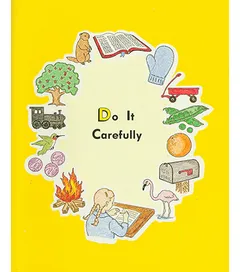
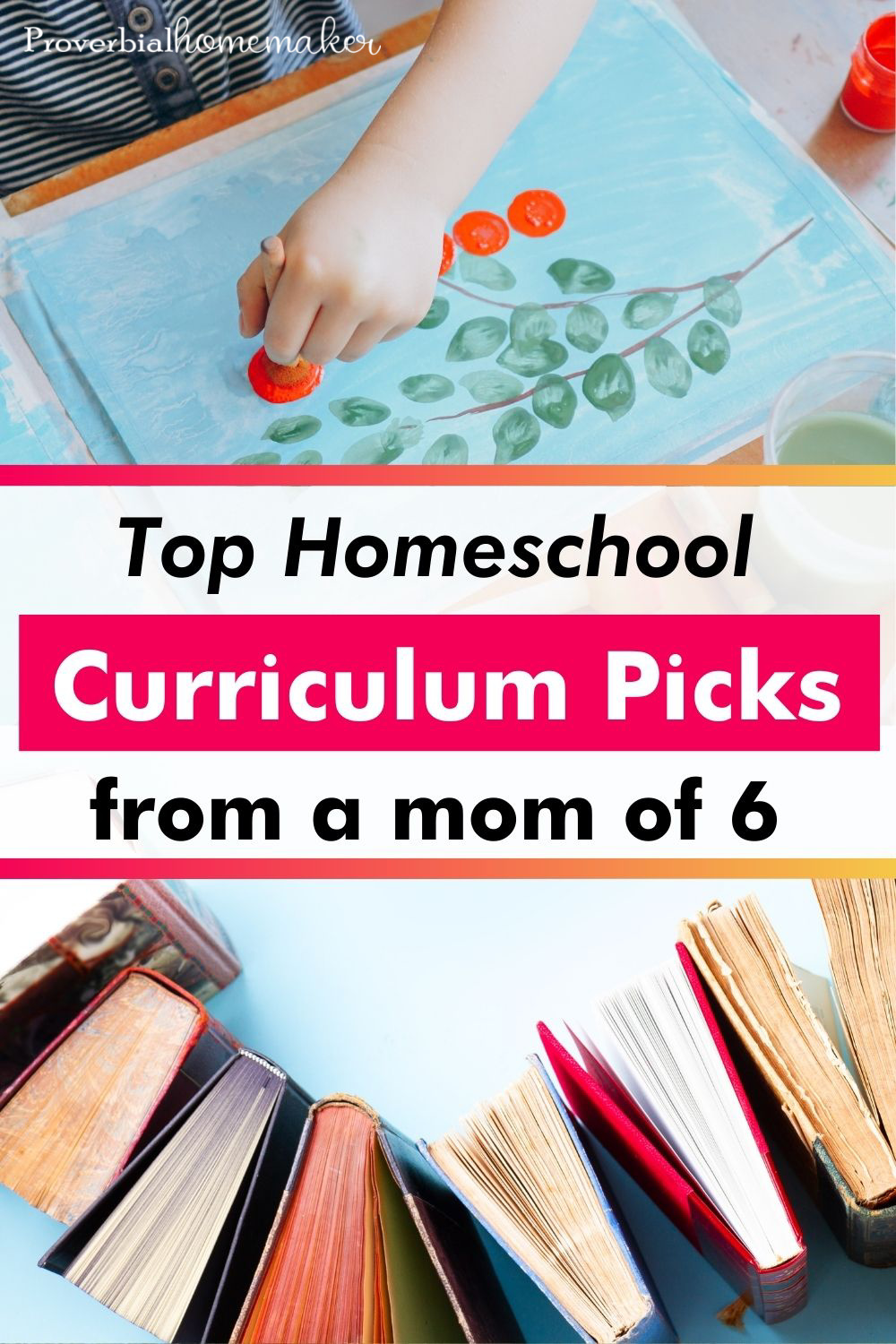

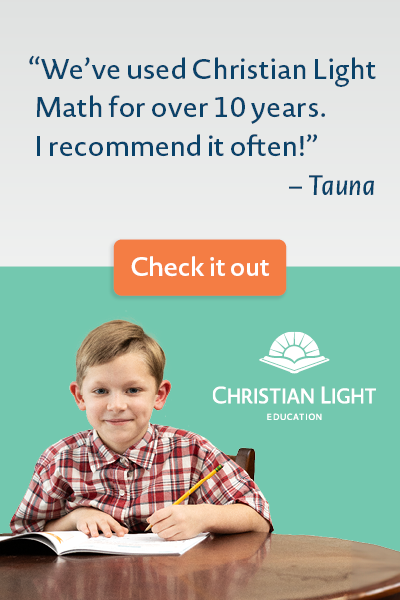
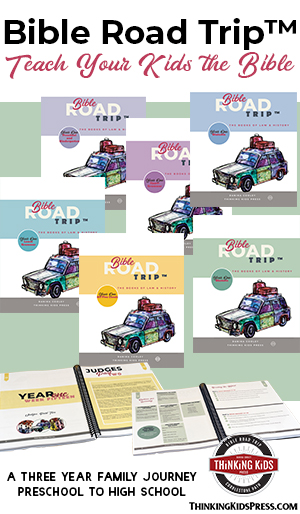
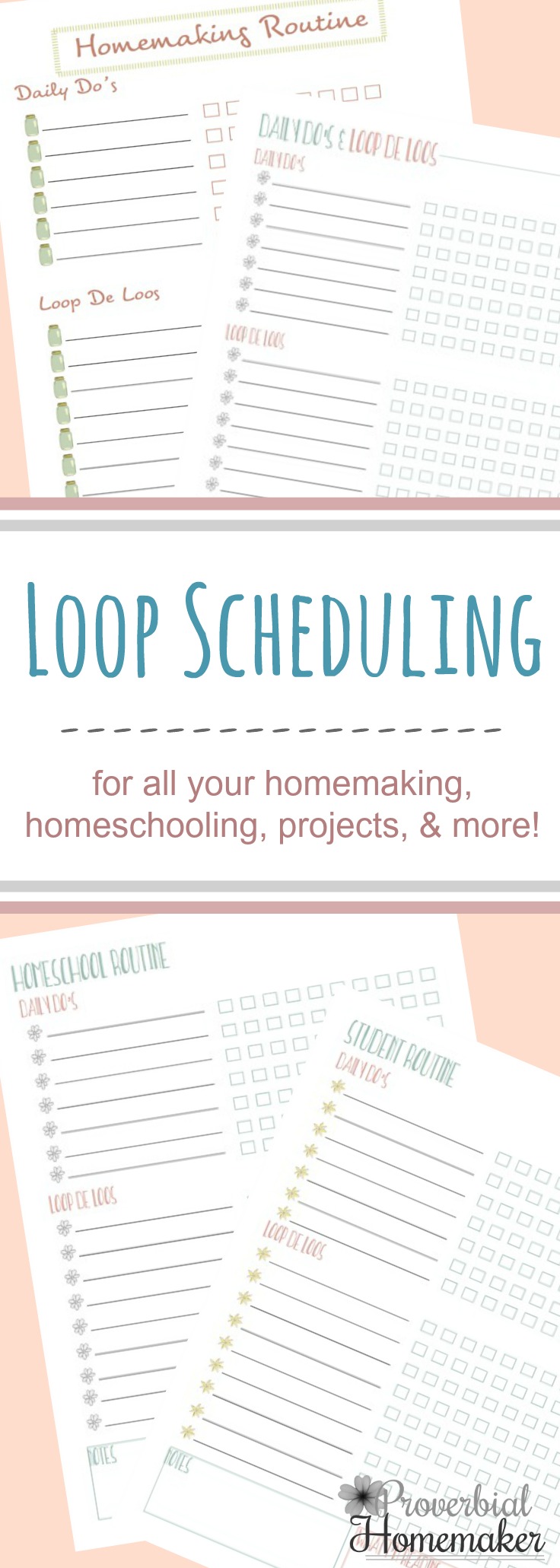

 by Stephanie, The Multi Taskin' Mom
by Stephanie, The Multi Taskin' Mom